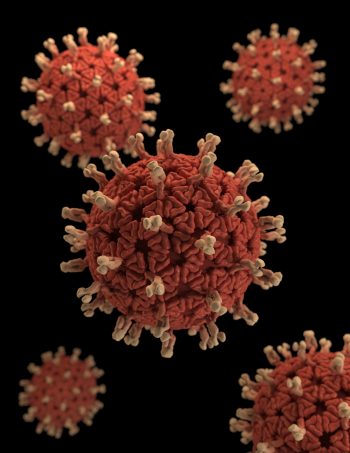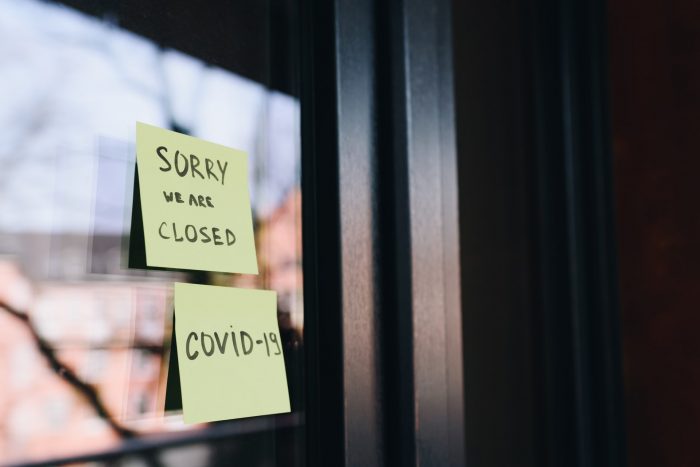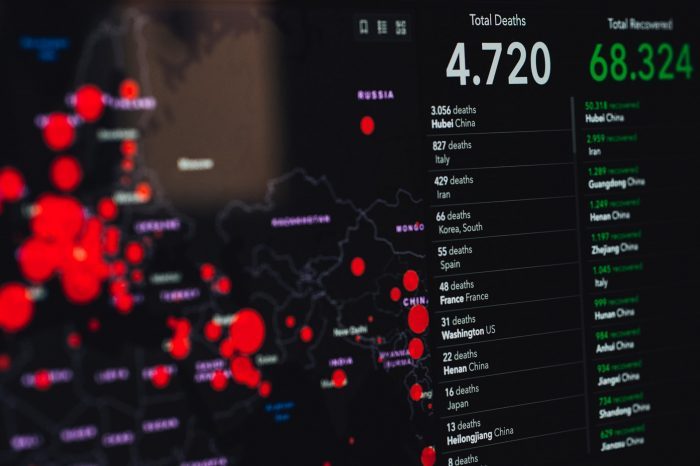What Is Germicidal Ultraviolet Irradiation (GUV)?
The coronavirus pandemic has resulted in a dramatic shift away from how human beings conduct their everyday lives. As a result of the deadly virus infiltrating every corner of the globe, many falsehoods about how to protect against the infection have surfaced on social media and a few unreliable websites.
A common misconception revolves around UV-C light and its effectiveness in defending against COVID-19. UV-C, also known as germicidal ultraviolet irradiation (GUV), UV-A and UV-B are well-known due to how overexposure to sunlight causes cancer or other diseases. UV-C is less discussed because it doesn’t penetrate the earth’s ozone layer.
Germicidal ultraviolet irradiation was discovered in 1878 and documented in the study ‘Proceedings of the Royal Society of London’ by Arthur Downes and Thomas P. Blunt that proved germicidal UV-C light killed bacteria upon exposure and became a known mutagen. A few decades later, Neils Finsen was awarded the Nobel Prize when he applied UV-C to treat tuberculosis on the skin and lupus vulgaris.
Purifying Drinking Water
Shortly after the 20th century began, Switzerland and Austria attempted to use germicidal UV-C light to sterilize drinking water. Unfortunately, the plant was closed due to ineffective results.
After World War II, UV-C light was harnessed more efficiently by water treatment plants in Austria and Switerzland. By 1985, more than 1500 plants were utilizing germicidal UV-C light to disinfect drinking water.
The new millennium brought over 6000 UV-C water treatment plants to Europe and they became common throughout the North American continent. Germicidal ultraviolet irradiation proved to be an even stronger weapon against protozoa: like cryptosporidium and giardia than once believed.
Today, UV disinfectant lighting is commonly applied as a fail-safe to clean water when elements like chlorine fail to kill more resistant bacteria and other microorganisms. The U.S. Center for Disease Control has published (‘The Ultraviolet Disinfection Guidance Manual for the Final Long Term 2 Enhanced Surface Water Treatment Rule’) guidelines for applying UV-C to disinfect drinking water. Waterdrop G3P800 under sink reverse osmosis is equipped with UV sterilizing light.

Does Germicidal UV-C Work?
Light is made in waves. UV-A and UV-B consist of longer waves capable of penetrating the ozone layer creating dangers for delicate human skin and eyes. Sunscreens and sunglasses protect against these threats. Luckily, the much more dangerous germicidal UV-C cannot get past the earth’s natural barrier.
UV-C waves are shorter than the light visible to the human eye, but longer than X-rays. UV disinfectant lighting destroys bacteria and inactivates viruses by killing the nucleic acids and warps their DNA, making it impossible for them to operate cellular functions, or produce copies of themselves.
UV-C is capable of destroying other pathogens like mold. It’s commonly used to purify water, air, and food. The IES Report (The Illuminating Engineers Society Report) concluded UV-C is the only light capable of killing microorganisms. Many companies make safeguards which use the IES report as a manual to produce safe UV-C products.
Insufficient Evidence UV-C Inactivates Coronavirus on PPE
Unfortunately, there is limited research on how germicidal UV-C can be used against the coronavirus. However, there is evidence that UV-C disinfectant lighting and radiation can effectively inactivate the disease SARS.

One study did uncover disappointing results of UV-C disinfecting personal protective equipment (PPE). The evidence did inactivate some viral activity, but the ability of germicidal lighting varied wildly depending on the type of material, its position, and the shape of the object being sterilized.

Germicidal Lights Used in Hotels, Industrial Sites, and Healthcare Facilities to Destroy COVID-19
UV-C has been used to purify water for almost a century, but it has only been in recent decades that germicidal UV-C has been used in industrial settings. The most effective use of this technology is applied to large spaces with high ceilings where the UV-C can disinfect the air circulating inside the building without reaching humans.
Germicidal UV-C is very dangerous to humans. Exposure to UV-C can cause sunburns within minutes and long-term exposure may result in tumor growth. The World Health Organization warns individuals not to use UV-C to disinfect skin or hands. This element means using disinfectant lighting to sterilize household items is not advisable because it can easily cause harm to children, pets, and adults.
However, UV-C is ideally suitable for healthcare facilities, hotels, and warehouses. Hospitals are cleaned with robots who clean floors with UV-C. While in South Korea the U.S. military has a mobile, 5-foot-5 UV-C robot, the Total Room Ultraviolet Disinfector (Tru-D Smart UVCTM), disinfecting empty hospital rooms without being manned by soldiers.
A short blast of germicidal light exposure to tables, counters, sinks, faucets, and healthcare facilities, lowers the presence of hospital-associated diseases, like Staph infections.
Many financial institutions use UV-C to disinfect cash while giant hotelier Marriott International is considering using UV-C robots in 7000 hotels including luxury brands like Westin, W, Aloft, and The Ritz to sterilize keys and equipment shared among associates. Currently, Marriott has two mobile UV-C robots disinfecting The Westin Houston Medical Center.
China has invested heavily in germicidal UV-C lighting since the COVID-19 pandemic began. Qin Jin, the vice-manager of Shangai Pudong Public Transport Yanggao Passenger Service Company reported in an interview that traditional methods of sterilization took two employees 30 to 40 minutes to clean one bus, while the UV-C method eradicated 99.9 percent of viruses and took a total of five minutes.
The Role of Germicidal UV-C Lighting in the Fight Against COVID-19
Industrial environments, hospitals, hotels, and factories are the most suitable places for germicidal UV-C lighting applications.
UV-C lighting is extremely harmful to live organisms. Attempting to use germicidal UV-C light in the home is strongly advised against without proper training and suitable environments where the technology can be safely applied. The efficiency of UV-C inactivating coronavirus greatly depends on the object being treated, making the risk outweigh the benefits of disinfectant lighting.
The applications for germicidal UV-C are rapidly expanding. The affordable and efficient use of germicidal light may help curb the effects of the pandemic. David Brenner, a professor of radiation biophysics and director of the Columbia University’s Center for Radiological Research, believes the discovery of far-UV-C might help turn the tide of coronavirus.
The tools developed lights that produce constant, low levels of a specific wavelength of ultraviolet light, named far-UVC. Far-UV-C inactivates viruses and destroys bacteria without hurting humans, which is the key challenge in utilizing ordinary germicidal UV-C light.
Brenner’s team has conducted experiments where far-UVC successfully inactivated two strains of airborne seasonal coronaviruses. Columbia University’s Center for Radiological Research is working with W. Ian Lipkin and Thomas Briese from the Center for Infection and Immunity in a biosafety laboratory on Columbia’s medical center campus to further develop the life-saving germicidal light technology that’s safe to handle.
Find a Home-Based Business to Start-Up >>> Hundreds of Business Listings.

















































